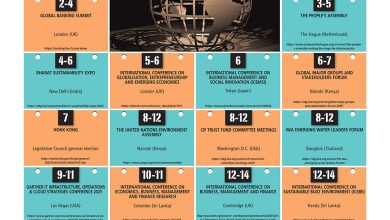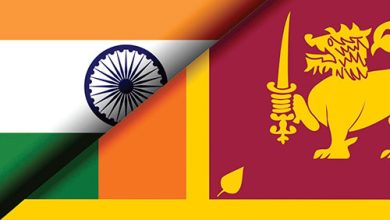THE PRESIDENCY

SRI LANKA’S PATH IN A NEW ERA
Dr. Jehan Perera weighs the challenges that the new president is likely to face

The recent presidential election marked the culmination of extraordinary events in Sri Lanka that began with the aragalaya in 2022. The protests, which were driven by youth and supported by tens of thousands of people from all walks of life, demanded government accountability and an end to systemic corruption.
Although the protests successfully forced former president Gotabaya Rajapaksa and his government to resign, they didn’t result in an immediate replacement that aligned with the protesters’ demands.
Instead, Ranil Wickremesinghe – who was elected president by parliament – took over and succeeded in reversing the downward spiral of the economy but failed to implement the desired systemic changes.
The election of President Anura Kumara Dissanayake on 21 September represents a significant shift in Sri Lankan politics. And the National People’s Power (NPP) party, which he leads, isn’t part of the mainstream political system that has dominated this country since its independence in 1948.
Dissanayake’s victory resonates with the aspirations of the aragalaya movement, particularly the call for ‘system change’ and new political leadership.
There were two primary factors that contributed to viewing the NPP as a viable alternative and propelling Dissanayake to the presidency. One was the economic collapse in April 2022, which forced the country into bankruptcy. The other was rampant inflation and the severe shortage of essential items, such as medicine and fuel.
This situation galvanised public sentiment against corruption in government, and drove demands for systemic change and new political figures.
The support for the NPP reflects a broad desire for accountability and reform. In the previous presidential election of 2019, Dissanayake secured only three percent of the vote. His rise to prominence signified a shift in public sentiment, and positioned him as a candidate who embodied the hopes of many who participated in the aragalaya protests.
However, his presidency comes with formidable challenges, particularly an economy that’s still struggling under the weight of past mismanagement.
Dissanayake needs to navigate the complexities of governing a nation that’s grappling with systemic corruption and a lack of public trust in political institutions. History shows that changes in governance can provoke resistance. Therefore, building consensus and broad-based support among various political factions will be crucial for enacting reforms.
Achieving national reconciliation has long posed challenges for Sri Lanka – especially regarding power sharing and addressing the grievances of ethnic minorities. The 13th Amendment to the Constitution provides a framework for devolving power but political resistance has hindered its full implementation.
Civil society plays a critical role in advocating for reforms that promote inclusivity and respect for diverse identities.
Transitional justice is another crucial area that requires his attention. Efforts to address human rights violations and the plight of missing persons have been slow, and often inadequate.
The normalisation of a military presence in minority areas and ensuring fair treatment by security forces are necessary for rebuilding trust in communities that have been impacted by past conflicts.
Moreover, strengthening equal protection under the law is essential for fostering social cohesion. This includes enforcing language rights, ending caste based discrimination and respecting cultural diversity. Economic equity must also be prioritised to ensure that marginalised groups have equal access to opportunities and resources.
Good governance is a foundational aspect of national reconciliation. Strengthening judicial independence, upholding the rule of law and combatting corruption are vital for restoring faith in public institutions.
Dissanayake’s administration must prioritise the creation of independent bodies and introduce accountability measures to build trust with the people.
As the island stands at a crossroads, his election as the ninth executive president of Sri Lanka offers a chance for meaningful change. His leadership can resonate with the unfulfilled demands of the aragalaya protests and represent hope for a more inclusive political landscape.
However, success will depend on Dissanayake’s ability to engage with various societal segments, navigate resistance to reform, and develop a governance model that prioritises transparency and justice.
It is observable that the areas where Dissanayake was not able to secure a preponderance of the vote were in localities in which ethnic and religious minorities predominated.
The path forward is challenging but within reach if it’s approached with commitment and inclusivity. Other political parties, and ethnic and religious communities, should at least be consulted in decision-making processes.





